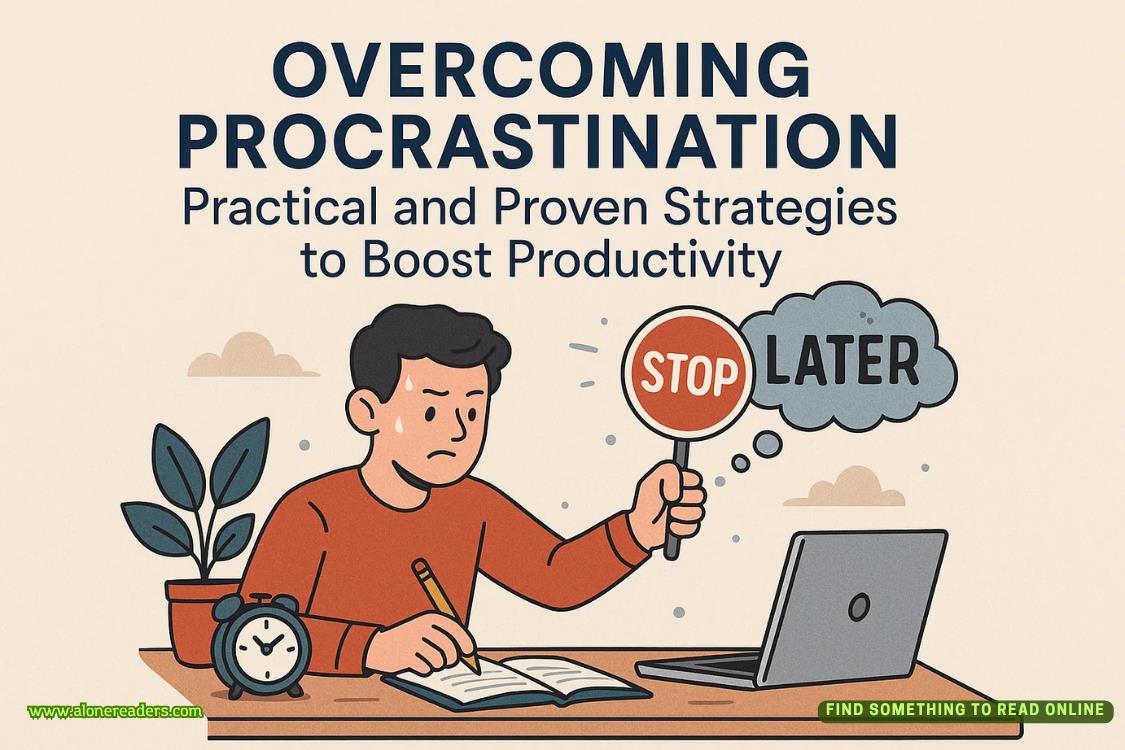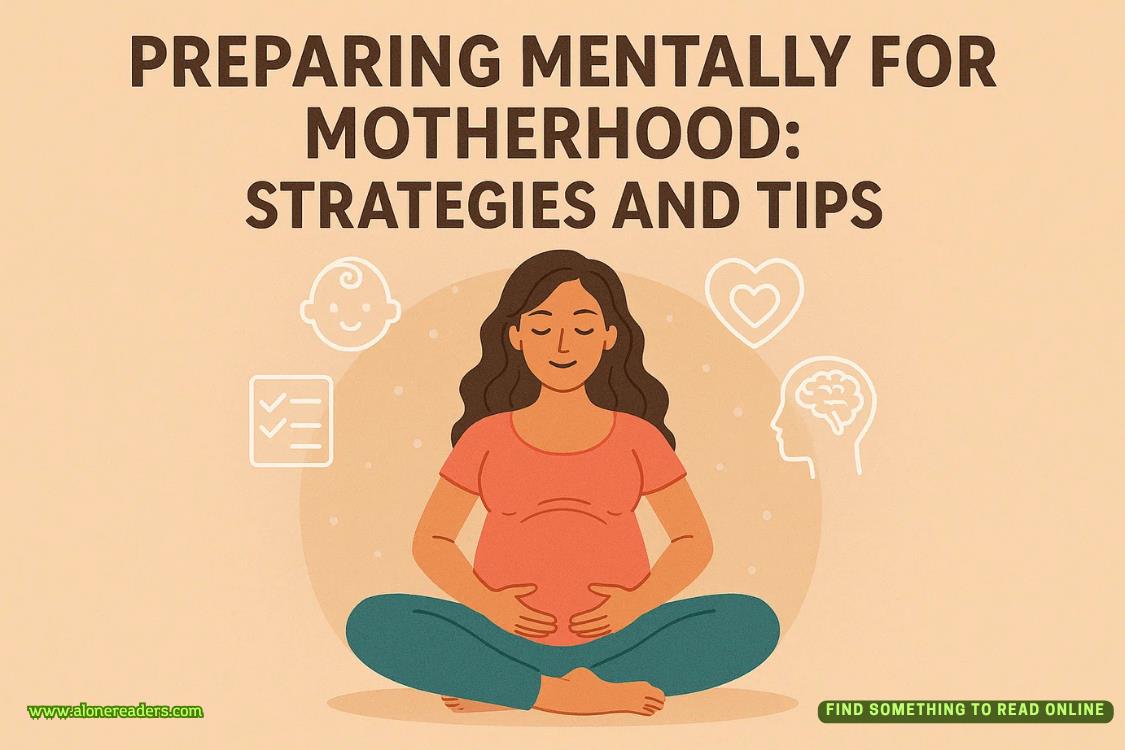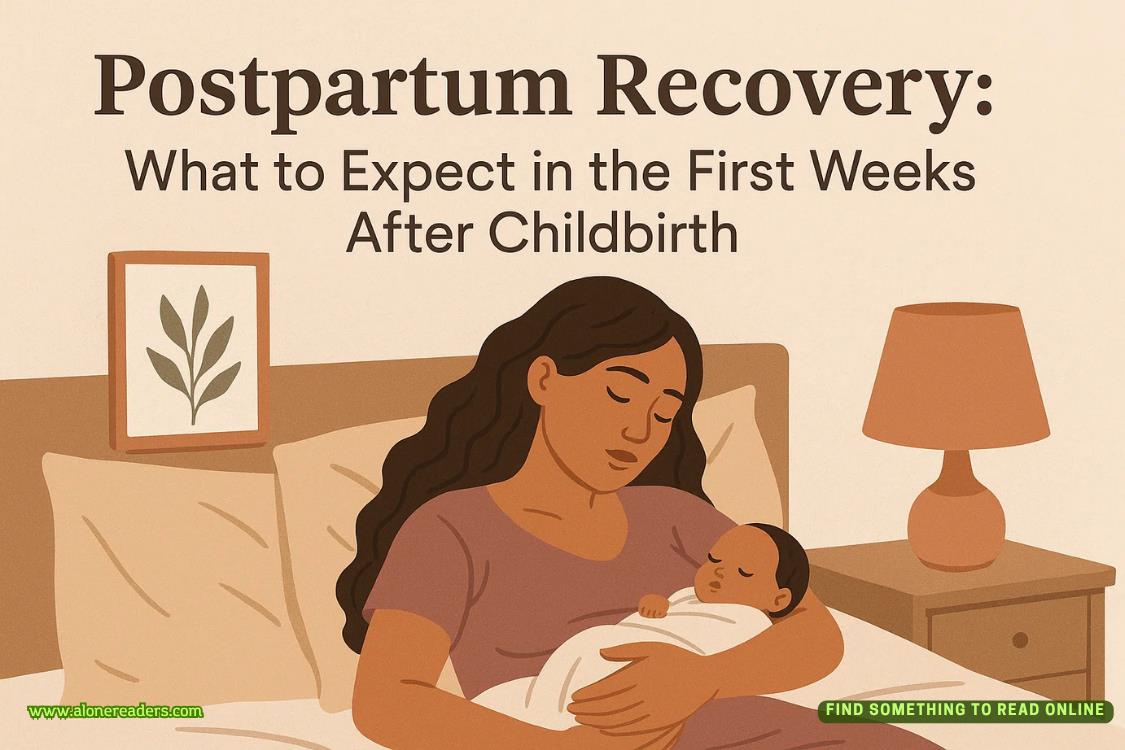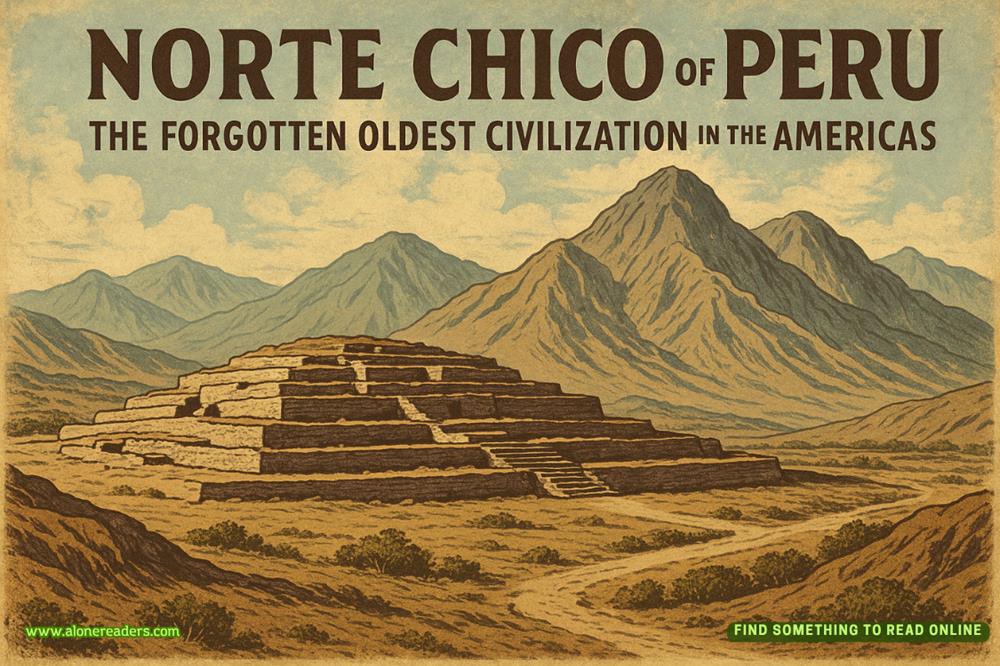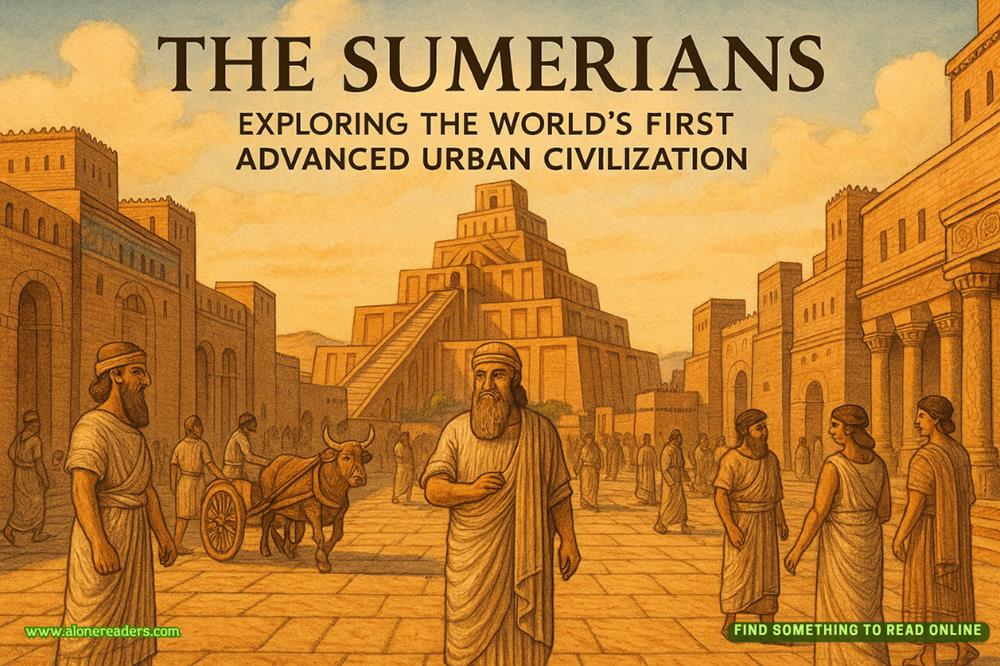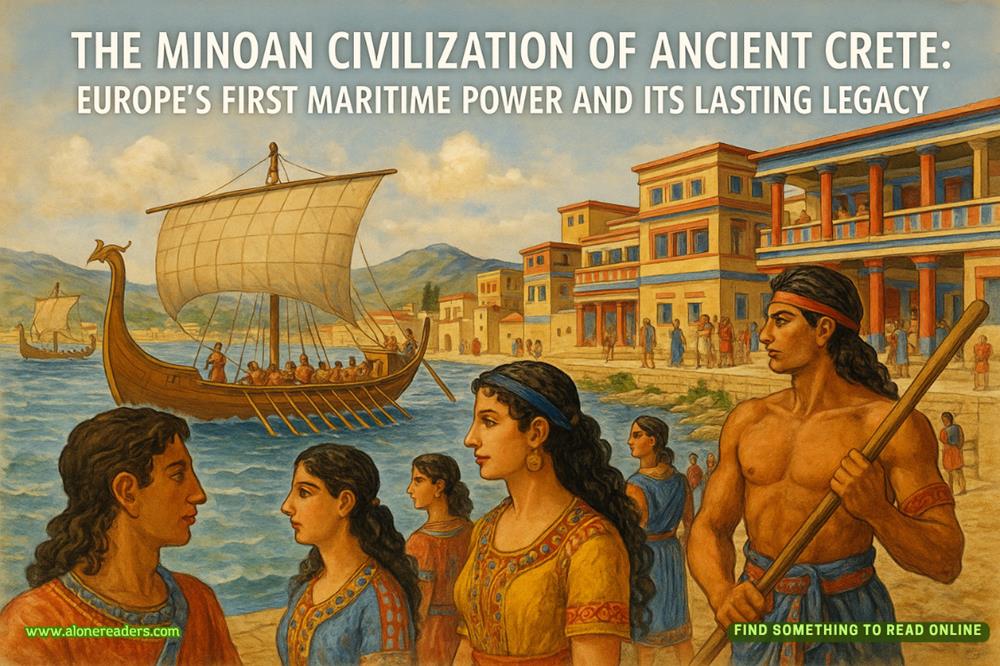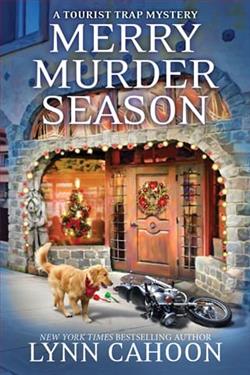Page 1 of The Queen's Corgi
PROLOGUE
This book is being written by royal decree. Well, sort of.
It all began on my favourite day of the year—the first of the Queen’s annual summer visit to Balmoral Castle in Scotland. We three royal corgis were in a state of high excitement.
Having travelled up from Windsor with the household staff on the previous day, we had arrived too late to see the Queen, who had already retired for the evening. Still closeted in a downstairs scullery when the family had left for church that morning, we were released just a few minutes before they were expected home.
The three of us romped through the ground floor, reacquainting ourselves with favourite suntraps and hidey-holes. We snuffled at the hearthrugs on which we had spent many a happy evening, toasting ourselves before glowing log fires. We poked our snouts into half-forgotten corners and raised them inquisitively towards the window, taking in the scents of gorse and heather—evocations of rambling country walks in summers past.
Winston, older than the Queen herself—albeit in dog years—headed with unusual haste towards the drawing room: the scene of his most tantalising discovery to date. It was behind a leather wing chair in the room, five years earlier, that he had come upon an overlooked and entirely uneaten plate of lobster vol-au-vents. He had devoured the snack in minutes. No matter how many unrewarded return visits he made to the room, the memory of that glorious find would light up his grizzled features, whenever he turned in its direction.
Margaret, meantime, was trotting through the corridors, ears pointed and eyes alert. Her herding instincts were stronger than most royal corgis and her demand for service was absolute. She was especially watchful of the staff. As every liveried helper in the r
oyal household was painfully aware, the slightest infraction or delay could provoke a cautioning nip to the ankles.
I soon found my way to the large bay window in the dining room and hopped up onto the broad, tartan-cushioned sill overlooking a corner of the garden. Twelve months before, that corner had been Football’s favourite spot. Over the years, I had struck up a special friendship with the large, marmalade cat who was a permanent resident of Balmoral. But scanning the landscape, I could see no sign of him at present.
The sound of footmen and security heading towards the main entrance had all three of us racing from different parts of the castle, as fast as our short legs would carry us. The front door was opened and from it we watched as the familiar convoy of cars approached the castle, before slowing to a gracious stop. We scrambled down the short flight of steps. No matter which of the cars the Queen occupied, our canine instincts always led us unerringly to it.
You may very well wonder what it is like to find yourself in the presence of the Queen. Having seen a million images of her on TV and in the papers, and encountering her profile daily on banknotes, coins and postage stamps, it is only natural that you’d be curious to know how it feels to encounter one of the world’s most famous people, directly and in person.
Well, my fellow subject, let me enlighten you. When you meet the Queen, she is exactly as you would expect her to be—in appearance, at least. But she has another quality that catches most people by surprise. A quality which no television camera can capture and which few members of the media pack, corralled firmly behind ever-present railings, get close enough to discover. You see, such is the Queen’s sense of calling that, wherever she goes, she carries with her an almost-tangible expectation that your own deepest wish, like hers, is to serve a greater purpose.
To say that most people are caught unaware by this sensation would be an understatement. Expecting restraint and aloofness, when they encounter Her Majesty’s gentle but firm expectation of benevolence, they find themselves wishing—perhaps to their own surprise—to be the best that they can be. They want to act in accord with their highest ideals. I have witnessed many people who are so taken aback by this unspoken appeal to their own better natures, they are quite overcome with emotion.
‘Hello, my little ones!’ the Queen greeted us that day, as she emerged from the car. Winston and Margaret are red and white Pembrokes, while I have the distinction of a sable-coloured saddle on my back. All three of us rushed about her ankles, our tail stubs wagging frenziedly. We were as delighted to feel her gloved hands patting our necks as she seemed thrilled to see us, after more than 24 hours apart.
Soon the whole family was heading inside.
‘Very nice service,’ the Queen remarked, as they made their way to the drawing room.
‘Kenneth always has something sensible to say,’ agreed Camilla.
‘Outside the church was a bit worrying,’ observed Charles. ‘How many journalists?’ Tugging at his earlobe, he used much the same tone of voice as if querying a troubling aphid infestation in his rose garden at Highgrove.
‘Twice as many as last year,’ said William.
‘The numbers are growing.’ The Queen was apprehensive. One of the reasons she so enjoyed these visits to Scotland was the opportunity to get away from the constant prying of telephoto lenses and long-range microphones.
As Her Majesty settled on a sofa, Philip eased himself down gingerly beside her. He looked over at her, with a fiercely protective expression, lips quivering. ‘Bloody journalists!’ he said.
‘One of them called out to Kate, requesting an interview,’ announced William.
‘Really!’ harrumphed Charles. The church in nearby Crathie had traditionally been a photo opportunity-only venue, with journalists expected to keep their distance.
As the rest of the family sat down, the household staff brought in tea and scones.
‘Well, I shan’t let them spoil my holiday,’ declared Anne. ‘I shall simply ignore them.’
The expressions of the others suggested that this was advice they found difficult to follow.
‘They won’t go away, Gran.’ Unlike the other family members, Harry was sitting on the floor massaging Margaret’s ears, as she gazed at him beatifically. ‘Unless,’ he continued, ‘you give them something.’
The Queen, like Margaret, had always had a soft spot for Harry, valuing him as a direct conduit to the younger generation. ‘What might that be?’ she asked.
He shrugged. ‘Not sure. We’d have to come up with something.’
Kate was nodding. ‘Something safe and lighthearted. Something summery.’
‘Like who designed your T-shirt?’ joked William.
‘And,’ she responded, ‘whether it was . . . Made in Britain?’ The last three words were chorused by all the younger royals. They had learned, to their cost, the furore that was occasioned by their purchase of items that weren’t manufactured in the UK—or a Commonwealth country at least.
‘Such a pity the media insist on running page after page of drivel,’ Charles repeated his oft-made observation. ‘Wouldn’t it be wonderful if newspapers did more to share stories and insights that were really meaningful? Things that might help people lead more purposeful lives.’
The Queen glanced over at him, uncertainly. ‘Tricky business, persuading the media to lift their sights from terror and trivia. Every one of us has tried.’
Pushing myself up so that I was balancing on my rear end, I fixed Kate with a pleading expression. She was a soft touch when it came to scones. There was a pause while the family glanced in my direction before Kate said, ‘Well, not every family member.’

